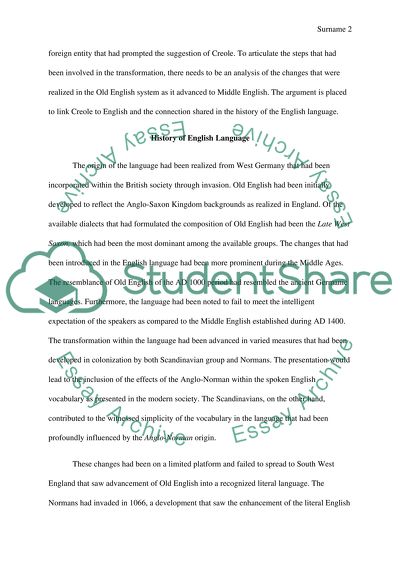Cite this document
(“Is Present-Day English a creole Research Paper Example | Topics and Well Written Essays - 2500 words”, n.d.)
Retrieved from https://studentshare.org/english/1399395-is-present-day-english-a-creole
Retrieved from https://studentshare.org/english/1399395-is-present-day-english-a-creole
(Is Present-Day English a Creole Research Paper Example | Topics and Well Written Essays - 2500 Words)
https://studentshare.org/english/1399395-is-present-day-english-a-creole.
https://studentshare.org/english/1399395-is-present-day-english-a-creole.
“Is Present-Day English a Creole Research Paper Example | Topics and Well Written Essays - 2500 Words”, n.d. https://studentshare.org/english/1399395-is-present-day-english-a-creole.


